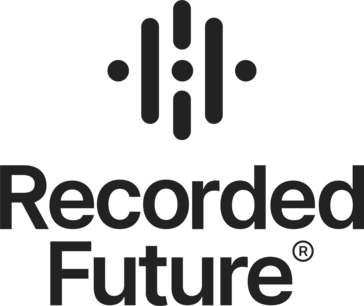Greip and Recorded Future integration


How to connect Greip and Recorded Future
Create a new workflow and add the first step
In n8n, click the "Add workflow" button in the Workflows tab to create a new workflow. Add the starting point – a trigger on when your workflow should run: an app event, a schedule, a webhook call, another workflow, an AI chat, or a manual trigger. Sometimes, the HTTP Request node might already serve as your starting point.
Build your own Greip and Recorded Future integration
Create custom Greip and Recorded Future workflows by choosing triggers and actions. Nodes come with global operations and settings, as well as app-specific parameters that can be configured. You can also use the HTTP Request node to query data from any app or service with a REST API.
Supported API Endpoints for Greip
Get GeoIP
Retrieve the IP Address with full information.
Get geolocation data
Retrieve geolocation information based on an IP address.
Get IP Lookup
Obtain information about a specific IP address.
Get IP location
Retrieves the geolocation information of an IP address.
Get Bulk IP Lookup
Lookup information for multiple IP addresses at once.
Get ASN Lookup
Retrieve information about an Autonomous System Number (ASN).
Get IP Threats
Access information regarding threats associated with a specific IP.
Create Payment Fraud Prevention
Prevent potential payment fraud through submitted data.
Get BIN/IIN Lookup
Look up Bank Identification Number or Issuer Identification Number.
Get IBAN Validation
Validate a given International Bank Account Number (IBAN).
Get Email Validation
Check if an email address is valid and reachable.
Get Phone Number Validation
Validate a phone number for compliance and format.
Get Country Data
Retrieve detailed information about specific countries.
Get Profanity Detection
Detect and filter profanity in specified text.
To set up Greip integration, add the HTTP Request node to your workflow canvas and authenticate it using a generic authentication method. The HTTP Request node makes custom API calls to Greip to query the data you need using the API endpoint URLs you provide.
See the example hereThese API endpoints were generated using n8n
n8n AI workflow transforms web scraping into an intelligent, AI-powered knowledge extraction system that uses vector embeddings to semantically analyze, chunk, store, and retrieve the most relevant API documentation from web pages. Remember to check the Greip official documentation to get a full list of all API endpoints and verify the scraped ones!
Supported API Endpoints for Recorded Future
GetEntity
Retrieve details of a specific entity.
SearchEntities
Search for entities based on criteria.
ListEntityTypes
List all entity types available.
GetEntityAssociations
Retrieve associations for a specific entity.
GetEntityRiskScore
Retrieve risk score for a specific entity.
GetAlerts
Retrieve a list of alerts.
GetAlertDetails
Retrieve details of a specific alert.
CreateAlert
Create a new alert.
UpdateAlert
Update an existing alert.
DeleteAlert
Delete a specific alert.
GetIntelligence
Retrieve intelligence for a specific query.
SearchIntelligence
Search for intelligence data.
GetIntelligenceTrending
Retrieve trending intelligence data.
GetIntelligenceByCategory
Retrieve intelligence data by category.
GetIntelligenceSummary
Retrieve summary of intelligence data.
GetRiskLists
Retrieve a list of risk lists.
GetRiskListDetails
Retrieve details of a specific risk list.
CreateRiskList
Create a new risk list.
UpdateRiskList
Update an existing risk list.
DeleteRiskList
Delete a specific risk list.
To set up Recorded Future integration, add the HTTP Request node to your workflow canvas and authenticate it using a predefined credential type. This allows you to perform custom operations, without additional authentication setup. The HTTP Request node makes custom API calls to Recorded Future to query the data you need using the URLs you provide.
Take a look at the Recorded Future official documentation to get a full list of all API endpoints
Greip and Recorded Future integration details
FAQ
Can Greip connect with Recorded Future?
Can I use Greip’s API with n8n?
Can I use Recorded Future’s API with n8n?
Is n8n secure for integrating Greip and Recorded Future?
How to get started with Greip and Recorded Future integration in n8n.io?
Looking to integrate Greip and Recorded Future in your company?
The world's most popular workflow automation platform for technical teams including
Why use n8n to integrate Greip with Recorded Future
Build complex workflows, really fast


